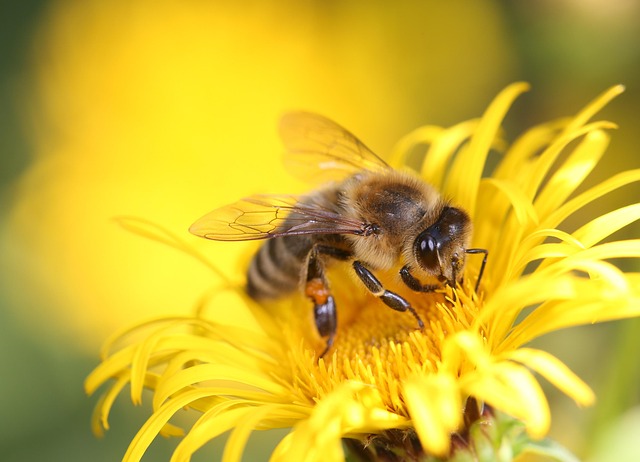
Geolycosa Vultuosa
Introduction to Geolycosa Vultuosa
The Geolycosa vultuosa is a notable species within the wolf spider family, specifically classified under the genus Geolycosa. First described in 1838, this spider is recognized for its unique burrowing behavior and distinctive physical characteristics. Found primarily in southeastern Europe and Central Asia, G. vultuosa has adapted to various habitats, particularly in mountainous regions.
Physical Characteristics
Geolycosa vultuosa is a medium to large spider, characterized by its anteriorly truncated carapace, which is most prominent in the central region. This feature, along with its robust body, distinguishes it from other spider species. The coloration typically ranges from brown to gray, providing effective camouflage against the soil and rocks in its natural habitat.
Burrowing Behavior
One of the most fascinating aspects of G. vultuosa is its burrowing behavior. These spiders are known to dig deep cylindrical holes in the ground, which serve as their primary habitat. The burrows can reach significant depths, offering protection from predators and environmental conditions.
In addition to creating these burrows, some individuals construct low turrets around the openings using sticks and other debris. This behavior not only enhances the structural integrity of the burrow but also aids in camouflage, making it more challenging for potential threats to detect the spider.
Habitat and Distribution
Geolycosa vultuosa is predominantly found in mountainous pastures, such as those on Dajti Mountain in the Tirana district of Albania. Its distribution extends across various regions, adapting to different environmental conditions. The preference for elevated terrains suggests a specific ecological niche, where the spider can thrive away from excessive moisture and predation.
Ecological Role
As a predator, G. vultuosa plays a crucial role in controlling insect populations within its ecosystem. By preying on various insects, it helps maintain a balance in the local food web. This predatory behavior is essential for the health of the environment, contributing to the overall biodiversity of the area.
Conclusion
The Geolycosa vultuosa exemplifies the remarkable adaptations of wolf spiders to their environments. Through its burrowing behavior and ecological role, this species not only survives but thrives in its mountainous habitats. Understanding the characteristics and behaviors of such species can provide valuable insights into the complexities of ecosystems and the importance of biodiversity.

















 The Nobel Prize: A Celebration of Excellence
The Nobel Prize: A Celebration of Excellence 
 Health
Health  Fitness
Fitness  Lifestyle
Lifestyle  Tech
Tech  Travel
Travel  Food
Food  Education
Education  Parenting
Parenting  Career & Work
Career & Work  Hobbies
Hobbies  Wellness
Wellness  Beauty
Beauty  Cars
Cars  Art
Art  Science
Science  Culture
Culture  Books
Books  Music
Music  Movies
Movies  Gaming
Gaming  Sports
Sports  Nature
Nature  Home & Garden
Home & Garden  Business & Finance
Business & Finance  Relationships
Relationships  Pets
Pets  Shopping
Shopping  Mindset & Inspiration
Mindset & Inspiration  Environment
Environment  Gadgets
Gadgets  Politics
Politics 